#Yoshinogariruins
Explore tagged Tumblr posts
Text
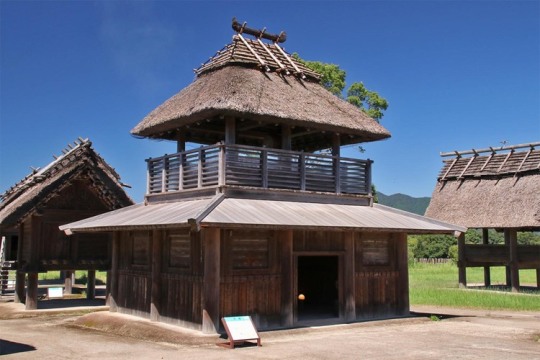

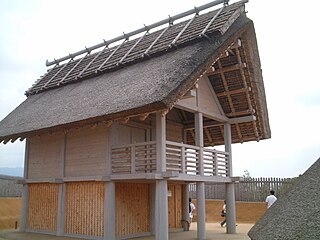


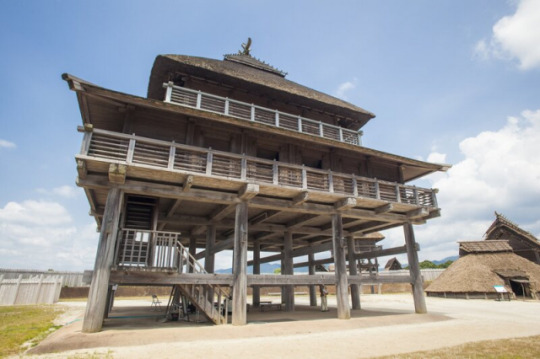
Sean bienvenidos, japonistasarqueológicos, a una nueva entrega de arqueología nipona, una vez dicho esto pónganse cómodos qué empezamos. - Nos volvemos a trasladar a la prehistoria japonesa que, cada día, nos sorprende con un nuevo hallazgo arqueológico. Las ruinas de Yoshinogari, datan del periodo Yayoi(III-IV) pero en este caso del Yayoi tardío y se localizan en la prefectura de Saga¿Cuándo llegó el arroz a japón? Y¿por dónde llegó? Hay dos teorías: una que llegó de china y la otra desde Corea hasta la isla de Kyushu a través del mar de Ariake. El enorme asentamiento está rodeado por tres fosos y es la raíz de los castillos en Japón, ha sido seleccionado como uno de los 100 castillos más famosos de Japón. - En el periodo Yayoi, se caracteriza porque es cuando aparecen las clases guerras y las clases dirigentes a raíz de la acumulación de poder, esto corresponde a los jefes locales, por ejemplo: La residencia de la clase dominante en el recinto interior sur, no confundir con realeza japonesa, hay que recordar que a los poblados se les instalaba un punto religioso, por aquella época predominaba el Sintoismo como: es el caso del santuario principal construido en el recinto interior norte. - El yacimiento cuenta con atalaya del recinto interior sur, de carácter defectivo, al sur se encuentra el pueblo con viviendas tipo foso y almacenes para guardar el arroz rojo que era el que se cultivaba en aquella época y en la ciudad de Karatsu, también en la prefectura de Saga, se encuentran las ruinas de Nabatake, las ruinas de cultivo de arroz más antiguas de Japón. - Durante el periodo Yayoi y Kofun tuvieron lugar una serie de migraciones desde la península de corea, esto trajo consigo que las poblaciones coreanas y japonesas de la zona se mezclaran generando mestizos, además de transmitir sus conocimientos de la agricultura. - Espero que os haya gustado y nos vemos en próximas publicaciones, que pasen una buena semana. Welcome, Japanese archaeologists, to a new instalment of Japanese archaeology, so make yourselves comfortable and let's get started. - We move back to Japanese prehistory, which surprises us every day with a new archaeological find. The ruins of Yoshinogari, dating from the Yayoi period (III-IV) but in this case from the late Yayoi period, are located in the prefecture of Saga When did rice arrive in Japan? And where did it arrive? There are two theories: one that it came from China and the other from Korea to the island of Kyushu via the Ariake Sea. The huge settlement is surrounded by three moats and is the root of castles in Japan, it has been selected as one of the 100 most famous castles in Japan. - The Yayoi period is characterised by the emergence of the warring and ruling classes as a result of the accumulation of power, this corresponds to the local chiefs, for example: The residence of the ruling class in the southern inner precinct, not to be confused with Japanese royalty, it should be remembered that the villages had a religious point installed, at that time Shintoism predominated, such as the main shrine built in the northern inner precinct. - The site has a watchtower in the southern inner enclosure, which is defective, to the south is the village with moat-like dwellings and warehouses for storing the red rice that was cultivated at the time, and in the town of Karatsu, also in Saga Prefecture, are the ruins of Nabatake, the oldest rice cultivation ruins in Japan. - During the Yayoi and Kofun period a series of migrations from the Korean peninsula took place, which resulted in the mixing of the Korean and Japanese populations in the area and the passing on of their knowledge of agriculture. - I hope you liked it and see you in future posts, have a good week.
#日本#韓国#考古学#遺跡#佐賀県#九州#歴史#先史#新石器時代#文化#吉野ヶ里遺跡#地理#弥生時代#有明海#唐津市#鍋岳遺跡#ユネスコ#photo#japan#archaeology#archaeologicalrests#Prefectureofaga#Kyushu#history#prehistory#neolithic#riceculture#Yoshinogariruins#geography#yayoiperiod
36 notes
·
View notes
Text
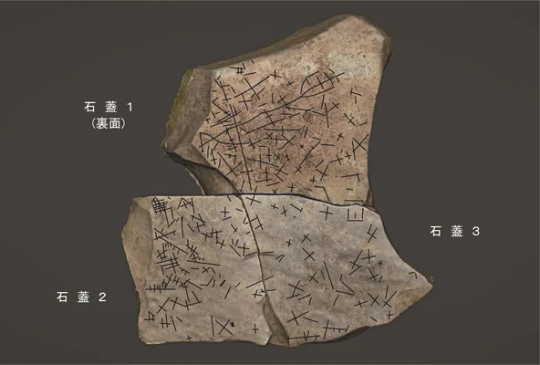
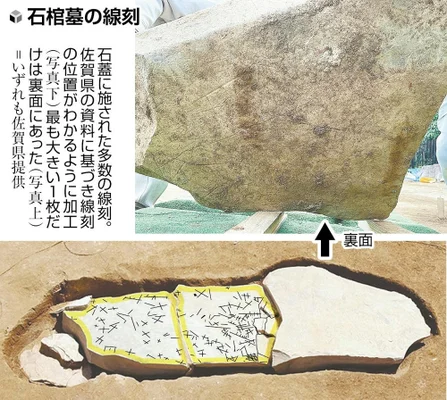

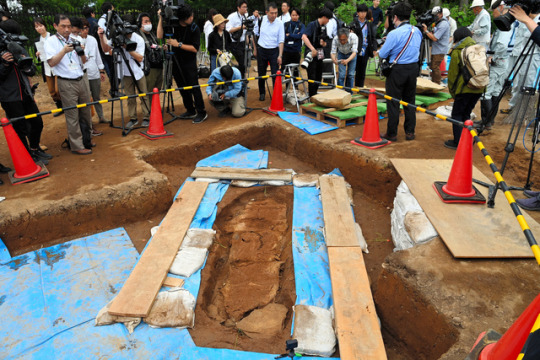

Sean bienvenidos, japonistasarqueológicos, a una nueva entrega de arqueología nipona, una vez dicho esto pónganse cómodos qué empezamos. - Nos volvemos a trasladar a la prehistoria japonesa que, cada día, nos sorprende con un nuevo hallazgo arqueológico. Las ruinas de Yoshinogari, datan del periodo Yayoi, pero en este caso del Yayoi tardio y se localizan en la prefectura de saga. - Se trata de una tumba de unos dos metros de largo¿Quién estaba enterrado en ella? Futuras investigaciones arrojarán luz. ¿Qué opinan ustedes sobre este hallazgo? - Os deseo una feliz semana y nos vemos en próximas publicaciones. 日本の考古学者たちよ、ようこそ!それでは、くつろいでいただき、始めましょう。 - 毎日、新しい考古学的発見で私たちを驚かせてくれる日本の先史時代へと話を戻します。吉野ヶ里遺跡は、佐賀県にある弥生時代後期の遺跡です。 - 古墳の長さは約2メートル。 誰が埋葬されていたのだろうか。この発見は、今後の研究によって明らかにされるでしょう。 あなたはどう思われますか? - それでは、今週もよろしくお願いします。また、今後の記事でお会いしましょう。 - Welcome, Japanese archaeologists, to a new instalment of Japanese archaeology, so make yourselves comfortable and let's get started. - We move back to Japanese prehistory, which surprises us every day with a new archaeological find. The ruins of Yoshinogari, dating back to the Yayoi period, but in this case to the late Yayoi period, are located in the prefecture of Saga. - The tomb is about two metres long. Who was buried in it? Further research will shed light on this discovery. What do you think about it? - I wish you a happy week and see you in future posts.
#日本#歴史#先史時代#ユネスコ#遺跡#弥生時代#古墳#佐賀県#九州#吉野ヶ里遺跡#japan#history#prehistory#unesco#archaeologicalremains#Yayiperiod#tomb#prefectureofaga#Kyūshū#Yoshinogariruins#地理#写真#アート#geography#photo#art
24 notes
·
View notes